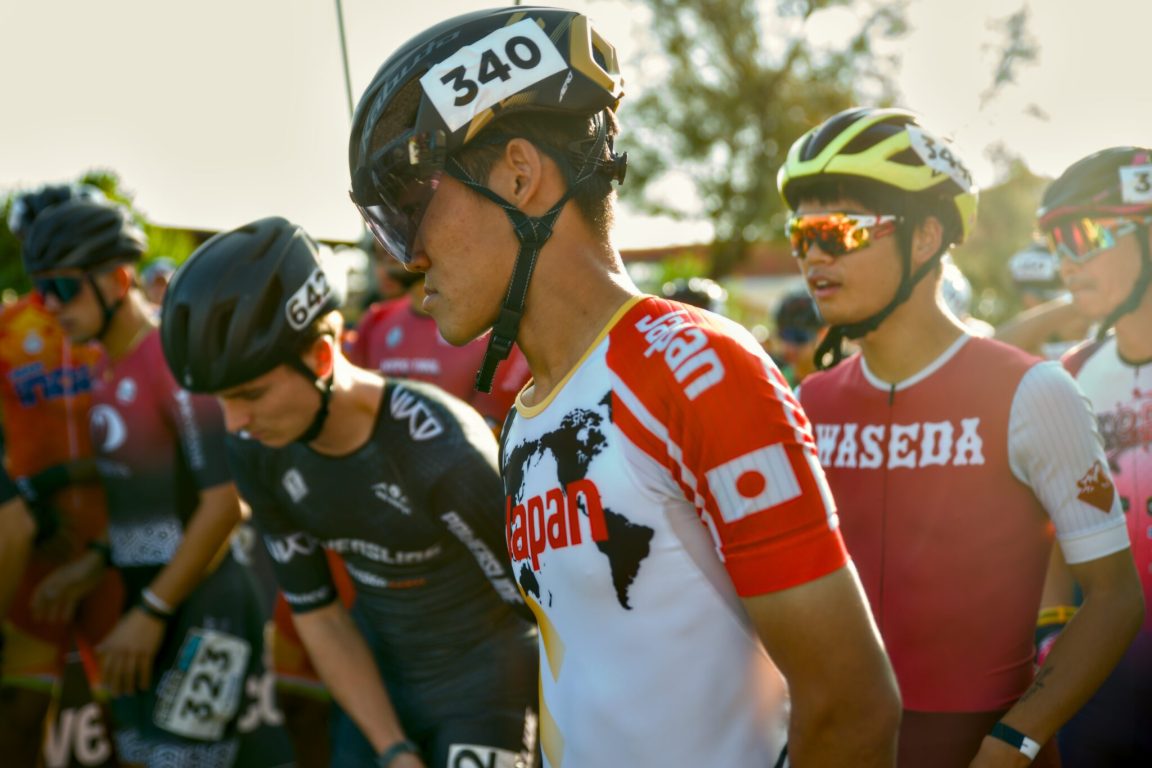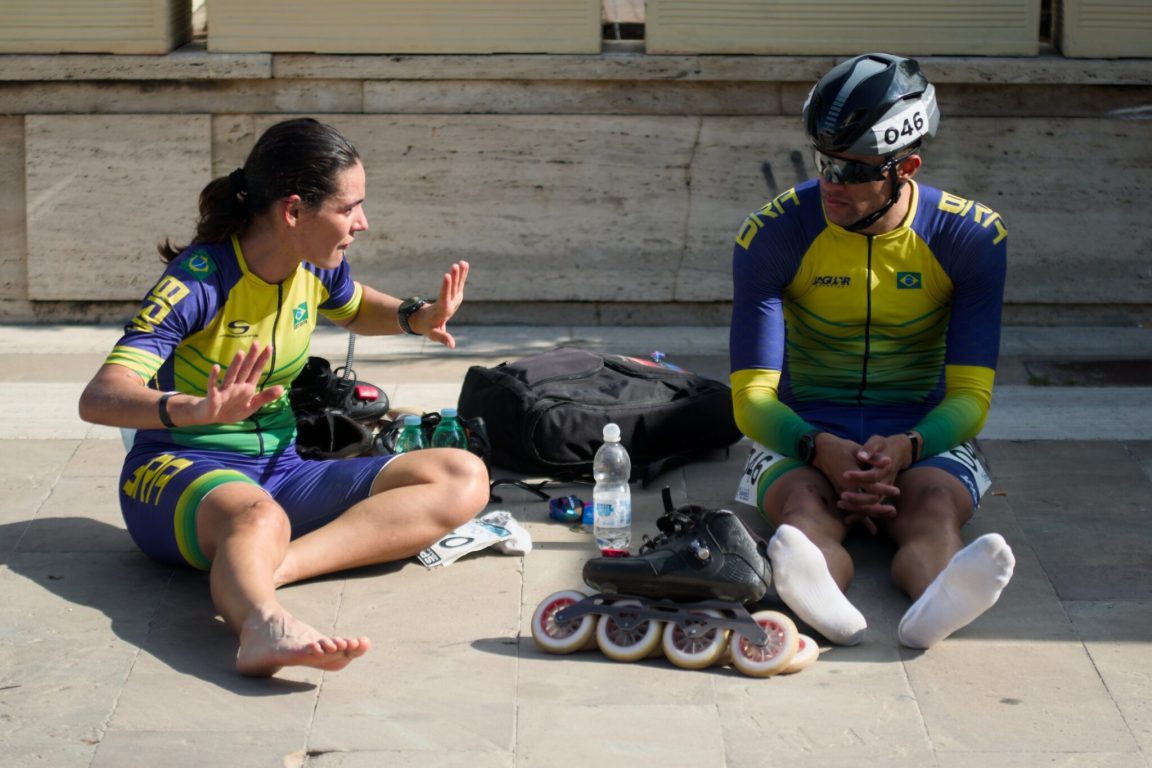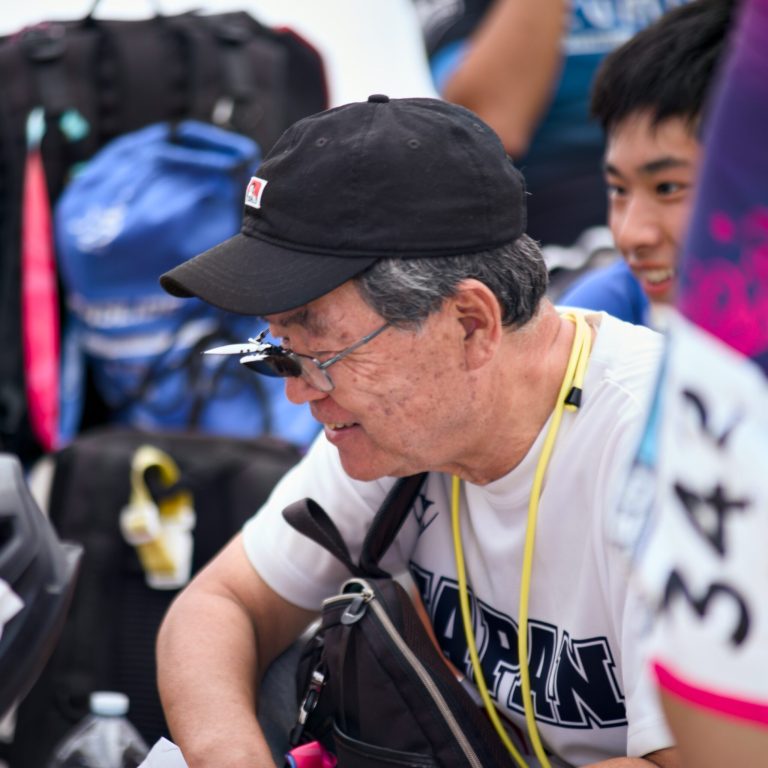
Portraits in Skating
In sports photography, portraits are as important as snapshots of crucial moments such as a win, a loss or an unpredictable event, for they are an excellent way to capture the humanity of the athletes, often and mistakenly seen – especially in high-level competitons and before the start – as soulless cyborgs. Initially published on 35mmc.com

The very first moments after the game is over are a gold mine. Athletes are still full of adrenaline and eager to discuss their performance with their teammates. Before they shower, before they change into normal clothes, before they return to ordinary life their focus is on what went right or wrong.

And when the game is over, the mood changes and these young and daring people return to the essence of any sport: having fun

Impromptu parties and innocent pranks are at the order of the day, therefore it is essential for the photographer to have his ‘spider senses’ turned on to capture these unique moments, such this one where the prank just happened.

or this one, where the goal was finding a lot of athletes’ booze of choice: water!

While athletes are the main target of sports photography, coaches should also be considered.
In some disciplines (American football, soccer, basketball) they are at the forefront and are routinely spotted by media crews and photographers, but in others they often don’t get the attention they deserve. Nonetheless, they can be excellent subjects because they (more or less) silently carry on their own the pressure of the competition, allowing their trainees to keep calm and give their best.

All these pictures were taken with a Pentax K-1, a Pentax D FA 24-70/2.8 and an old but still efficient Pentax FA* 80-200/2.8. In particular, the 80-200mm proved to be an excellent lens for portraiture in this environment, where people move and congregate casually and it is often not possible to get close enough for a classic 80mm or 105mm shot.
In addition, the difference in bokeh between a (more commonly available) 70-200 and an F2.8 and an F4 is not dramatic, so in terms of subject isolation, the cheaper, smaller and slower lens can work just as well. So if extra stops are not an issue, the F4 can be a good alternative to the 2.8. This is especially true for APS-C cameras, where there are very good F4 70-200 (roughly) equivalents. In my case, when I use an APS-C,I am happy with the Fuji XF 18-120, with the only caveat that the lens is not stabilised, so you need to use it with a camera that has in-body stabilisation.




